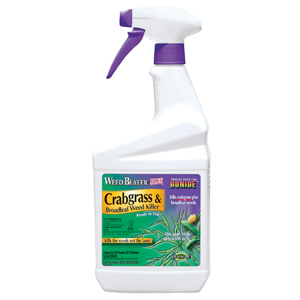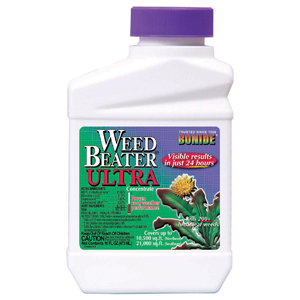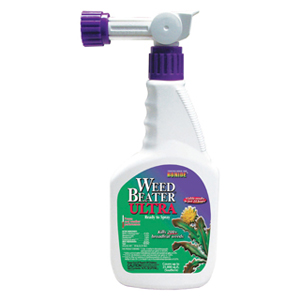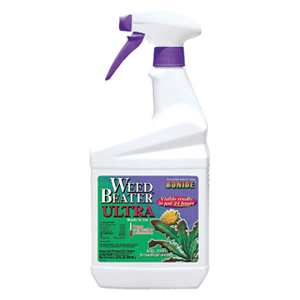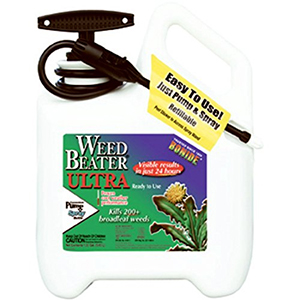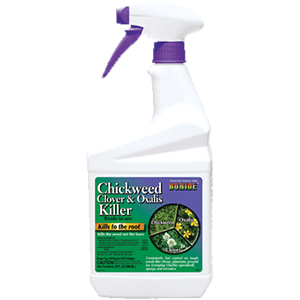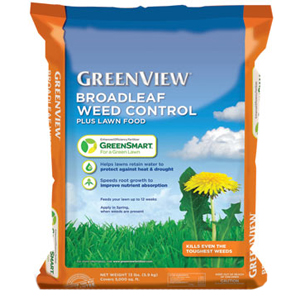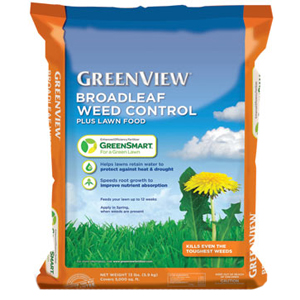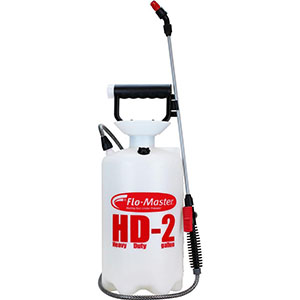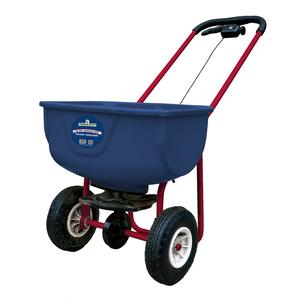Clover is among the most intriguing weeds in the yard. It’s also one of the toughest to control. Clover commands space in nutrient-deficient soil, often rambling and spreading endlessly in all directions. The soft and delicate leaf surface provides a cushioned feel to anyone seeking barefoot comfort. A large field of white clover showcases an emerald green color unlike few turf grass varieties. It can be marvelous! It can also be a scourge to a homeowner seeking lawn nirvana.
Looking Over the Three-Leaf Clover
Derived from the Latin word, Trifolium, the three (Tri) leaf (folium) characteristic of clover sports a tough stem and dense root system that creeps along shallow soil zones, resists trampling and responds well to mowing.
The most common type of clover in the U.S. is perennial White Dutch Clover. Some clover types grow from 6-12 inches in height and thrive in cool, damp conditions mostly from the Midwest to the eastern half of the United States. For those who choose to brave clover fields in bare feet: Congratulations, you have no fear of stepping on pollenating bees.
Agricultural Applications
Today’s pasture mixes still use clover seed as part of the forage grass make-up to optimize livestock production. Clover serves numerous purposes: Some use clover between nursery plantings of trees, since it resists herbicides and requires little care. Eventual tilling into the soil provides nitrogen for plant uptake. Clover has merit as a companion crop between rows of sweet corn or other vegetables. Clover is often used in vineyards to minimize erosion, reduce soil temperature and retain moisture as a “living mulch” with its dense coverage. As an added bonus, white clover flowers attract all-important pollinators, too!
Shockingly, many years ago, white clover was added into many grass seed mixtures to help reduce soil erosion. It was able to grow in poor soil conditions where other grass seeds wouldn’t germinate. As turf grass development was bred for better texture and color, blends (of the same seed type) replaced mixtures, and clover picked up a reputation as a nuisance weed.
The Only Good Weed is a Dead One
Homeowners are generally obsessive about having a very good to great lawn. It’s a status symbol and an indicator of a green thumb. Selective weed controls have made it convenient for the homeowner to eliminate undesirable weeds and retain only good perennial seed types.
One of the most common active ingredients used for clover control is dicamba. It works safely and effectively when used as directed. While clover is resistant to many chemicals, dicamba penetrates the leaf surface quickly and effectively, often showing results within hours of application.
While many control products list clover as a targeted weed, many don’t contain dicamba and need to be reapplied several times to achieve eradication. Since well-established clover patches have crawling root systems, chemical combinations consisting of both dicamba and triclopyr are especially effective in killing clover, usually on the first application. Whatever you choose to
stock and sell in your store for clover control, make sure you recommend specifically labelled products that work to their fullest when used as directed. Your lucky customer will have found their four-leaf clover!
Looking Over the Three-Leaf Clover
Derived from the Latin word, Trifolium, the three (Tri) leaf (folium) characteristic of clover sports a tough stem and dense root system that creeps along shallow soil zones, resists trampling and responds well to mowing.
The most common type of clover in the U.S. is perennial White Dutch Clover. Some clover types grow from 6-12 inches in height and thrive in cool, damp conditions mostly from the Midwest to the eastern half of the United States. For those who choose to brave clover fields in bare feet: Congratulations, you have no fear of stepping on pollenating bees.
Agricultural Applications
Today’s pasture mixes still use clover seed as part of the forage grass make-up to optimize livestock production. Clover serves numerous purposes: Some use clover between nursery plantings of trees, since it resists herbicides and requires little care. Eventual tilling into the soil provides nitrogen for plant uptake. Clover has merit as a companion crop between rows of sweet corn or other vegetables. Clover is often used in vineyards to minimize erosion, reduce soil temperature and retain moisture as a “living mulch” with its dense coverage. As an added bonus, white clover flowers attract all-important pollinators, too!
Shockingly, many years ago, white clover was added into many grass seed mixtures to help reduce soil erosion. It was able to grow in poor soil conditions where other grass seeds wouldn’t germinate. As turf grass development was bred for better texture and color, blends (of the same seed type) replaced mixtures, and clover picked up a reputation as a nuisance weed.
The Only Good Weed is a Dead One
Homeowners are generally obsessive about having a very good to great lawn. It’s a status symbol and an indicator of a green thumb. Selective weed controls have made it convenient for the homeowner to eliminate undesirable weeds and retain only good perennial seed types.
One of the most common active ingredients used for clover control is dicamba. It works safely and effectively when used as directed. While clover is resistant to many chemicals, dicamba penetrates the leaf surface quickly and effectively, often showing results within hours of application.
While many control products list clover as a targeted weed, many don’t contain dicamba and need to be reapplied several times to achieve eradication. Since well-established clover patches have crawling root systems, chemical combinations consisting of both dicamba and triclopyr are especially effective in killing clover, usually on the first application. Whatever you choose to
stock and sell in your store for clover control, make sure you recommend specifically labelled products that work to their fullest when used as directed. Your lucky customer will have found their four-leaf clover!


